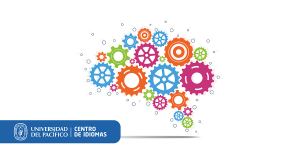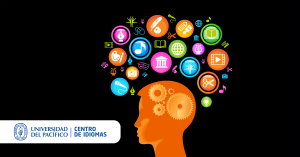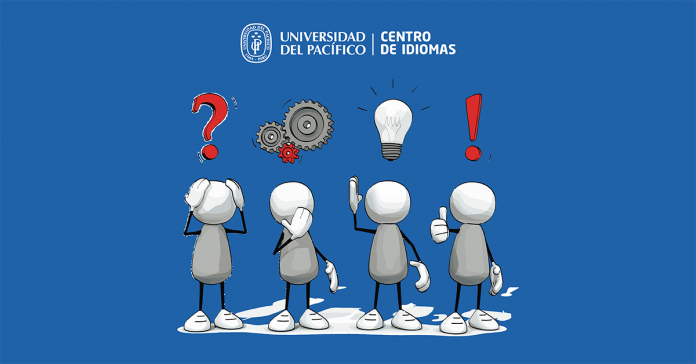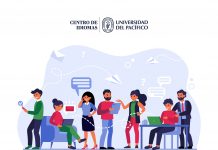In this series in our blog, we are attempting to elucidate the importance of critical thinking in education and trying to determine whether it is attainable in the language class. The word “education” comes from two different Latin roots: “educare,” which alludes to train or to mold, meaning passing down knowledge and shaping the young in the image and likeness of their parents and the preceding generations; and “educere,” which refers to “preparing a new generation for the changes that are to come–readying them to create solutions to problems yet unknown.” (Bass,2004).
For centuries we seem to have equated education with the first concept, but since a few years ago educators have started to put aside rote memorization, learning definitions and ready-made interpretations which probably are good enough to fill employment positions, keep the economy running and preserve the status quo.
But there is a new dawn in education that promotes questioning, thinking and creating. And this is precisely where critical thinking comes along. Of course, we should try to strike a balance between educare and educere, but keeping in mind that our main goal as teachers is to train our students to think by themselves and not just to be a piece in the commerce-industry-societal structure of our country.
In this sense, Critical Thinking leads to foster judgement, evaluation and problem-solving abilities. It seeks to develop independent, self-directed learners, capable of taking critical action, and to be sensitive to the feelings of others. By giving students the time and opportunity for planning, processing and debriefing, the learners are encouraged to find their own solutions to face different situations.
Some of the most important Critical Thinking skills are: analysis, interpretation, reflection, explanation, observation, inference, decision making and problem solving. Some of the ways for teachers to stimulate them are by asking questions (insisting on spontaneous answers), working in groups, brainstorming, connecting different ideas, inspiring creativity, incorporating different points of view, encouraging decision making, evaluating existing evidence, questioning basic assumptions and trying reversing things. And Task Based Learning comes as a glove to promote those abilities.
What about Task Based Learning?
 Task Based Learning is a turnoff of the Communicative Approach that promotes student centered learning by using activities focused on the students’ use of authentic language in order to achieve significant undertakings or projects. This is the closest to situations the learners can encounter in the real world, or even it is the real world. Depending on the task it could be simulated or producing something real or tangible. The key is that the students work in groups toward the realization of something and have to find a tactic to organize themselves and sort the obstacles they encounter along the way. It could be a task they can work out in part of class time or a long-term project that involves extra-class time and takes a considerable period. The condition is that they always use the target language for planning and executing. That, certainly takes a lot of raising awareness and convincing them, but it is possible. When the teacher achieves this, he has unquestionably taken a giant step towards what Steven Krashen calls acquisition.
Task Based Learning is a turnoff of the Communicative Approach that promotes student centered learning by using activities focused on the students’ use of authentic language in order to achieve significant undertakings or projects. This is the closest to situations the learners can encounter in the real world, or even it is the real world. Depending on the task it could be simulated or producing something real or tangible. The key is that the students work in groups toward the realization of something and have to find a tactic to organize themselves and sort the obstacles they encounter along the way. It could be a task they can work out in part of class time or a long-term project that involves extra-class time and takes a considerable period. The condition is that they always use the target language for planning and executing. That, certainly takes a lot of raising awareness and convincing them, but it is possible. When the teacher achieves this, he has unquestionably taken a giant step towards what Steven Krashen calls acquisition.
Let’s see an example. You tell your students that you want them to plan your next vacation trip. You let them know how long it should be and what your budget is. They will decide your destination, lodging touring, etc. You can provide them with tourism material or let them look for it, depending on the extension of the project. They can find everything in internet. If there are several groups, at the end they can vote on the best plan.
In a role play you can get several students expressing their ideas about starting a new business. In TBL learning they have to come to an agreement on which one and why.
FUN!
 Students will enjoy this type of activity and, above all, practice real, authentic language, although it does require a lot of persuading and encouraging until they become committed to using exclusively the target language. The catch is to move the students to come to the realization that language is a tool to embark upon and solve real-world problems. It is tough to accomplish it, but when you do it is a major step. Not only will they be thinking, working and solving things independently, but they will be doing it in the target language!
Students will enjoy this type of activity and, above all, practice real, authentic language, although it does require a lot of persuading and encouraging until they become committed to using exclusively the target language. The catch is to move the students to come to the realization that language is a tool to embark upon and solve real-world problems. It is tough to accomplish it, but when you do it is a major step. Not only will they be thinking, working and solving things independently, but they will be doing it in the target language!
Have you already tried this? Do you have the guts to undertake it?
Reference:
Bass, Randall V., Good, J. W. Educare and Educere: Is a Balance Possible in the Educational System? Educational Forum, The, v68 n2 p161-168 Win 2004 https://eric.ed.gov/?id=EJ724880. Retrieved March 24, 2021










